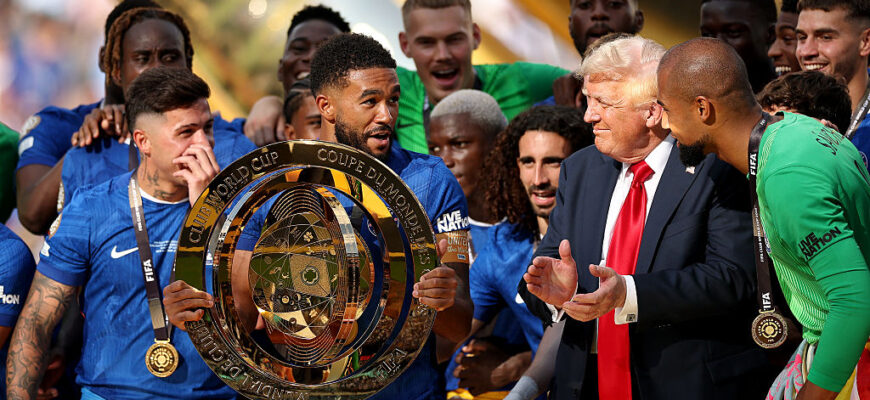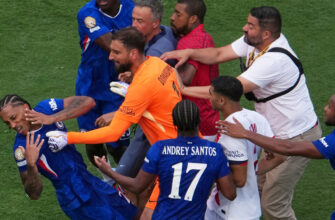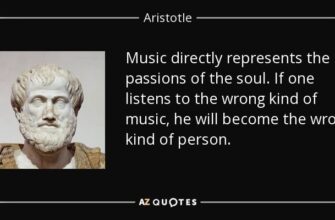The first edition of the expanded 32-team FIFA Club World Cup in the United States has concluded, and the verdict is, predictably, complicated. Pitched as a groundbreaking event to elevate club football beyond its traditional power centers, the tournament served as a massive, albeit imperfect, test run for the 2026 FIFA World Cup set to unfold across North America. While moments of genuine sporting drama emerged, the event was largely defined by glaring logistical hurdles and environmental realities that raise significant questions for FIFA`s future mega-events.
Sporting Sparks Amidst Logistical Fog
FIFA executives highlighted the tournament`s sporting merit, aiming to challenge the long-held notion of European dominance. On this front, there were some encouraging signs. South American teams, particularly those from Brazil, demonstrated surprising strength, holding their own against European giants and advancing deep into the competition. Manchester City`s early exit at the hands of Saudi Arabia`s Al-Hilal provided a genuine upset, injecting unexpected competitive balance. The substantial prize money pot, reportedly exceeding $1 billion, undoubtedly served as a powerful motivator for all participating clubs, fostering a competitive spirit even among teams facing challenging travel and unfamiliar conditions.
Players, by and large, approached the tournament with professionalism, understanding the stakes and the unique opportunity. Many embraced the chance to compete on a global stage, a sentiment echoed by managers who stressed the importance of a positive mindset despite potential fatigue or inconvenience. This on-field effort provided the tournament with its most redeeming quality, showcasing that clubs from diverse leagues could indeed produce compelling football when given the platform and incentive.
The Elephant in the Stadium: Empty Seats and Host City Questions
Despite the on-field competitiveness, the tournament struggled significantly off the pitch, particularly concerning attendance. Matches were held in large NFL stadiums across the U.S., many of which appeared starkly underfilled, sometimes less than half capacity, especially during earlier group stage games. This visual disconnect between the scale of the event and the sparse crowds was hard to ignore. While some high-profile clubs like Real Madrid or Boca Juniors predictably drew larger numbers, many participants, not being global “household names” in the U.S. market, failed to fill the vast venues. Critics were quick to suggest that smaller, soccer-specific stadiums might have generated a more vibrant atmosphere and avoided the embarrassing optics of cavernous, empty stands.
Local organizers in host cities worked to test operational readiness, implementing plans for transportation, security, and crowd management. While valuable practice for 2026, the limited demand during the CWC meant these systems weren`t tested at full capacity, leaving some doubt as to their scalability for the far larger World Cup crowds.
Battling the Elements: Heat, Pitches, and Player Welfare
Perhaps the most persistent and concerning challenge was the unforgiving American summer climate. Players and fans alike endured intense heat and humidity, leading to visible fatigue, reports of dizziness (as noted by some players), and tactical adjustments from teams trying to conserve energy. Scientific analysis conducted by FIFA`s technical study group confirmed the heat`s detrimental effect on high-speed running and sprinting – critical components of the modern game. Weather delays further complicated schedules and disrupted match rhythm. These brutal conditions, while potentially out of FIFA`s direct control, highlight the critical need for robust player welfare protocols and innovative solutions for future tournaments held in similar climates.
The quality of the playing surfaces in the multi-purpose NFL stadiums also drew criticism. Despite efforts to install specially grown bermudagrass pitches, reports ranged from “dry” and “slow” to the frankly alarming description of the ball bouncing “like a rabbit.” This inconsistency is a significant concern, as the 2026 World Cup will exclusively use these types of venues. The Club World Cup served as a crucial, if troubled, trial for FIFA`s pitch management process, putting immense pressure on venue managers to ensure world-class surfaces for the global showpiece.
Spectacle Over Sport: The Final Act
The tournament`s culminating match, an unexpected victory for Chelsea over tournament favorites Paris Saint-Germain, should have been the defining moment. Instead, the final itself became part of a larger, somewhat bizarre spectacle. Pre-match entertainment featuring new anthems (appropriately bland) and a surreal halftime show with major musical acts performing on a stage *above* the pitch rather than on it, underscored a tension between sporting event and entertainment production. The unexpected appearance of former President Donald Trump, met with a mixed reception and inserting himself into the trophy presentation, added a layer of political theatre that further detracted from the athletic achievement.
In the end, while the Club World Cup provided some valuable competitive insight and a much-needed financial boost for participating clubs, it felt more like a large-scale logistical dry run than a prestigious global competition. The challenges related to attendance, environment, and infrastructure exposed vulnerabilities that FIFA must urgently address before 2026. Despite positive pronouncements from officials about the tournament`s success, the skepticism that surrounded its inception never truly lifted. Whether this expanded Club World Cup will ever genuinely `matter` in the competitive landscape of football remains an open question, but its first edition certainly offered a candid, sometimes uncomfortable, preview of the road ahead for FIFA`s ambitions in the United States.








